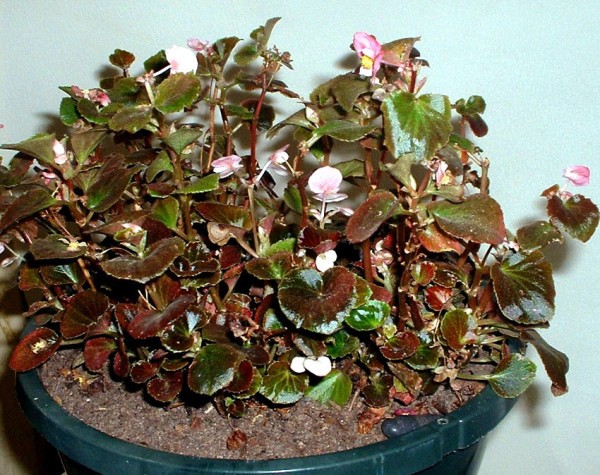
However, you can get the plant to bloom for a longer period by deadheading. dioica.Īnnuals complete their cycle after one growing season, which means that you plant the seeds and a baby plant emerges, produces flowers, and yields new seeds, an indicator that their life cycle is finished. Usually, the arrangement of leaves is alternate and most have several leaves, but some have only one or two like B. Some varieties have hairy leaf surfaces and some African species take the form of star-shaped forms. Some compelling foliage patterns are exemplary of B.maculata, an angel wing, cane-like variety, as well as any species of the group Rex begonias. Besides, the vein patterns also differ and may be palmate, palmate-pinnate, or pinnate. The leaves are usually oblique, asymmetric, and ear-like, where other varieties have fern-like leaves. As such, they can be used as focal points or grouped together to create a calming oasis. Foliageīegonias are especially prized for their charmingly colored and intricately patterned foliage. B.diurna is one such variety, fibrous with cane-like stems. However, there are some hybrid varieties that exhibit a combination of the traits that are typical to two or three groups. Rhizomatous begonias have rhizomes around the soil surface, whereas rex begonias are immediately identified by their unique foliage. Tuberous begonias have a tuber and if grown in the ground, they should be dug up, dried, and stored until the winter passes. Through tropical, Australia is not home to begonias.ĭistinctive Characteristics of Begonia Typesīegonia includes more than 1,000 species of foliage and flowering plants.īegonia plant enthusiasts like to group begonias by growth into fibrous, trailing, shrub-like, rhizomatous, thick-stemmed, or tuberous, and by habit into angel-wing, rex, cane, or semperflorens. Natural Habitats of Begoniasīegonias are naturally found throughout much of tropical and subtropical Africa, Asia, and America, especially humid forests of South America and mainland Asia.

So, this is the name that was also officially adopted by Linnaeus in his Species Plantarum of 1753. This genus has a somewhat confusing history of how it got the name Begonia.Īlthough three other names had been previously published for the species of this genus, the French Botanist Charles Plumier named the genus Begonia to honor Michel Begon who had recommended him to King Luis XIV of France for the position of plant collector in the French Caribbean. Moreover, several plants are used for their medicinal purposes in their native lands and there is even Begonia tea made from the Chinese species B. This is not surprising to hear because not only are they aesthetically pleasing, but they are also easy to grow and suitable for indoor and outdoor cultivation. Today's Gardener ( ) participates in the Amazon Services LLC Associates Program.īegonia types are extremely popular plants cultivated in every region of the world regardless of the type of climate.


 0 kommentar(er)
0 kommentar(er)
